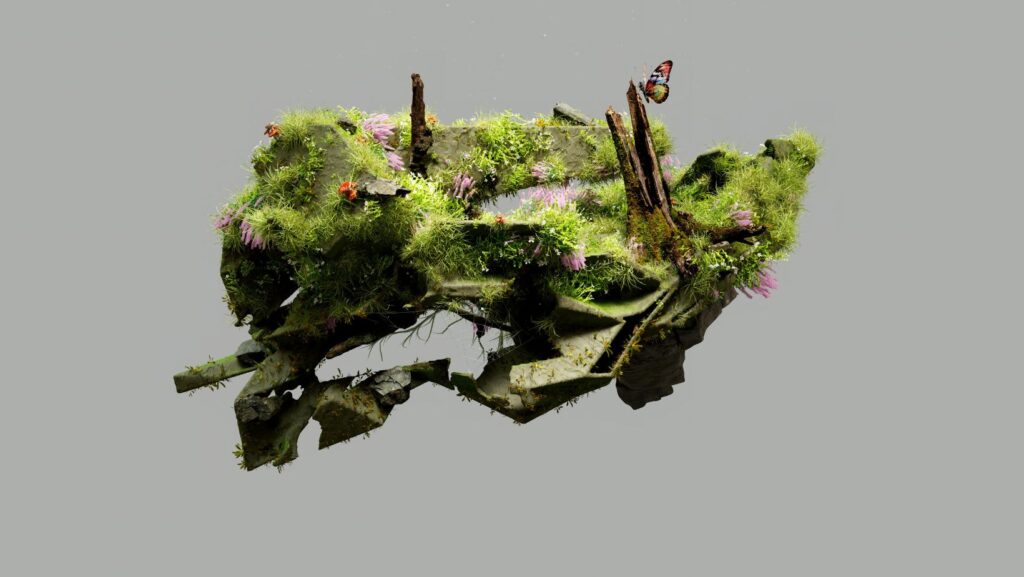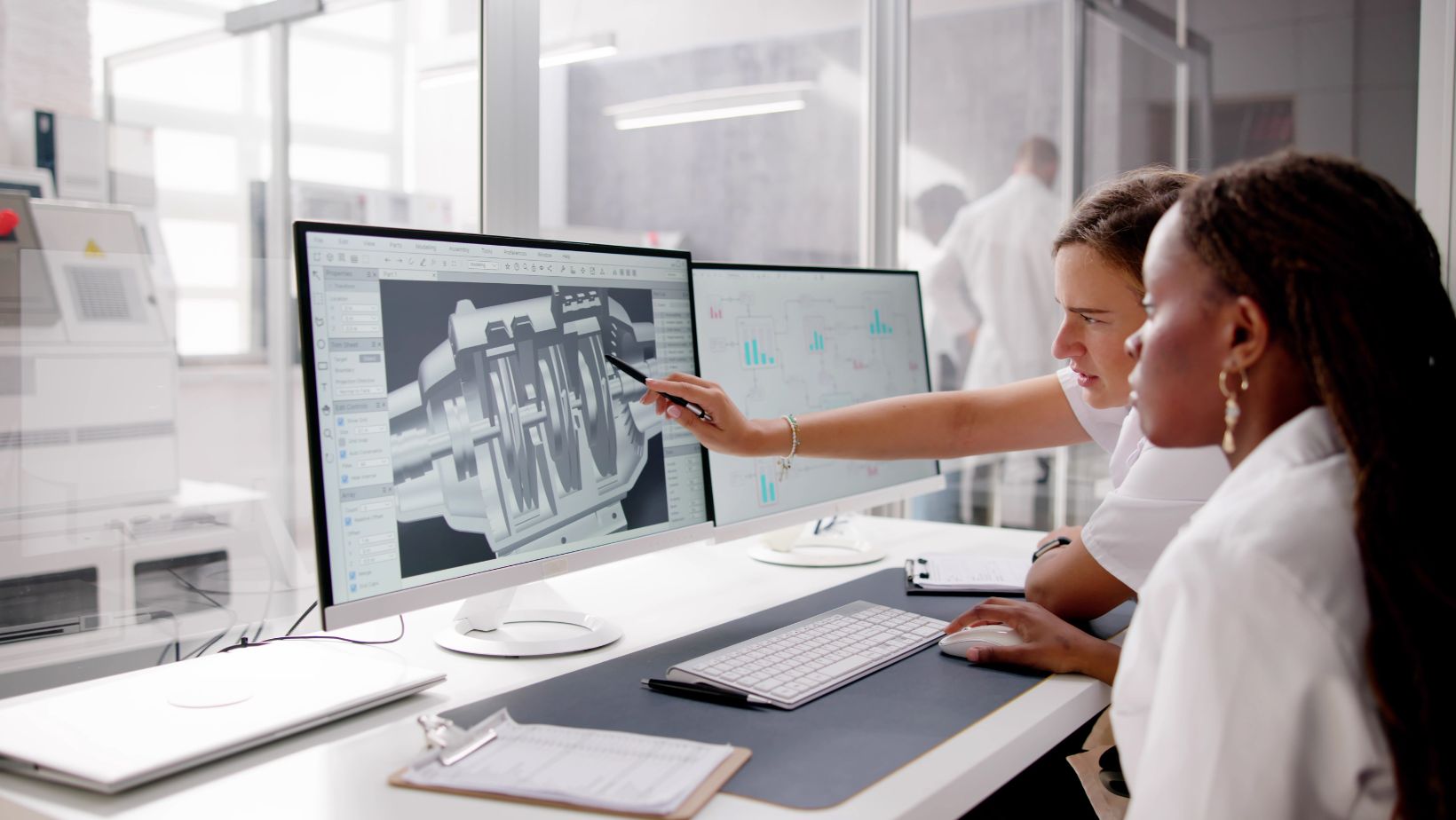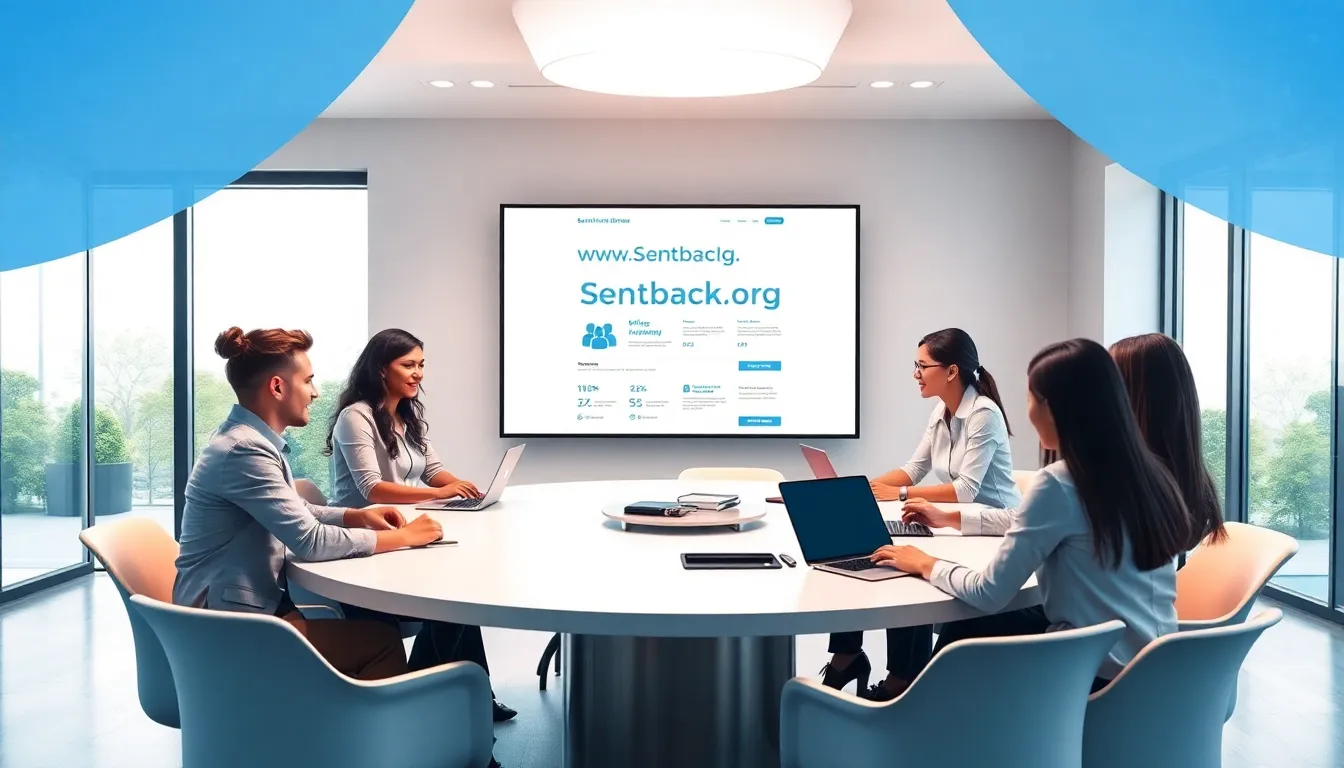
Getting started with turning your flat photos into living 3D models doesn’t have to be overwhelming. Begin by snapping a simple object (your favorite mug or even a plant), and work through approachable tools that guide you step by step.
Soon you’ll see depth emerge where there was only flatness. This isn’t a dry lecture – it’s a hands-on journey. You’ll find yourself in that zone where your brain forgets you’re learning because you’re trying things and seeing results almost magically unfold.
Why NeRFs and AI Tools Are Changing the Game
AI-powered tools based on neural rendering, like Neural Radiance Fields (NeRF), decode 2D photos into volumetric 3D views without demanding sculpting skills. It’s a huge leap. What used to take hours now appears in minutes.
That shift is sparking excitement in fields from film to VR to robotics because the magic isn’t just prettier visuals. It’s speed and efficiency, too.
Once you’ve experimented with one or two tools, you’ll notice the real growth is practical: you start thinking like a 3D artist, choosing angles that best communicate your subject’s form.
Start Small With Your Phone and Free Apps
First, don’t push yourself to buy expensive hardware. Your smartphone’s camera is enough to get going. Download a free photogrammetry app, one that stitches multiple phone-taken shots into a 3D mesh.
You move around your object in a circle, let the app run its magic, and voilà – a textured model appears. You’ll learn the importance of lighting, overlap in shots, and subtle movements intuitively. That organic learning sets a solid foundation before diving into advanced tools.
Once you feel confident, experiment by adding shadows or highlights in your photo before you capture it; that’s how you sharpen textures without needing another advanced editing step.
Try An Easy AI Platform – No Expertise Required
Platforms now let you feed in images, or even sketches, and get a usable image to 3D model back. No CAD skill, no deep learning jargon. You upload, maybe tweak a setting, and go. It makes the tech feel like your helpful assistant and not a barrier.

This creates a feedback loop: quick outputs inspire new prompts, you learn what framings and visuals convert best, and you start refining your eye for what makes a 2D image “more 3D.”
Before you know it, the tools fade into the background, and your creative instinct takes the stage.
Use Text-to-3D Tools to Iterate Fast
If you like experimenting, tools that turn text or a concept into 3D are a blast. They build the model shape before textures, so you can tweak the form easily.
And since they’re generative, you’re skipping hours of detailed modeling in programs like Blender. These models are perfect for prototyping, ideation, or getting into Houdini or Unity with something tangible.
Frameworks like “Make-It-3D” even let you feed one image and get back a textured 3D object with accurate geometry around all sides.
For creators who dream, this type of iteration becomes addictive. You describe your idea, the tool sketches it in 3D, and you refine from there. It’s visual idea-boarding.
Add Depth With Structured-Light or DIY Setups
If you want a step-up, structured-light scanning offers higher detail with relatively low cost. You project a pattern, like stripes or grids, on your subject and take photos of how that pattern deforms. The software converts distortion into depth. It’s used for everything from museum artifact scanning to designing precise 3D prints.
You can build a DIY version using a projector and your phone camera. The payoff is sharper geometry, especially useful when you want clean 3D prints or tight detail. It teaches you how light, angles, and surface properties influence a scan – insights you intuitively use later, even in simple smartphone captures.
Pair Your Learning With Inspiring Artist Work
Watching what 3D artists do (how they frame objects, think about silhouette, use lighting) is invaluable. A write-up on the most popular 3D artists shows how diverse their approaches can be, from stylized characters to sweeping environments. Let those feed your experiments.
You don’t need to copy them. Just observing how they capture form, mood, and movement informs how you angle your shots or light your scene. And watching someone else’s journey makes yours feel that much more accessible.
Refine Your Models With Editing Tricks
Once you’ve captured or generated your 3D model, post-processing can make a big difference. Adjusting brightness, cleaning up textures, and blending seams in editing software can elevate a rough scan into something polished.
Learning a few practical photoshop tips helps you smooth edges, sharpen key details, and prepare the model for use in design programs or even 3D printing.
The more you iterate, the more natural this workflow feels. Editing isn’t a chore but rather the space where you give personality and finesse to the form you captured, making your final model truly yours.












